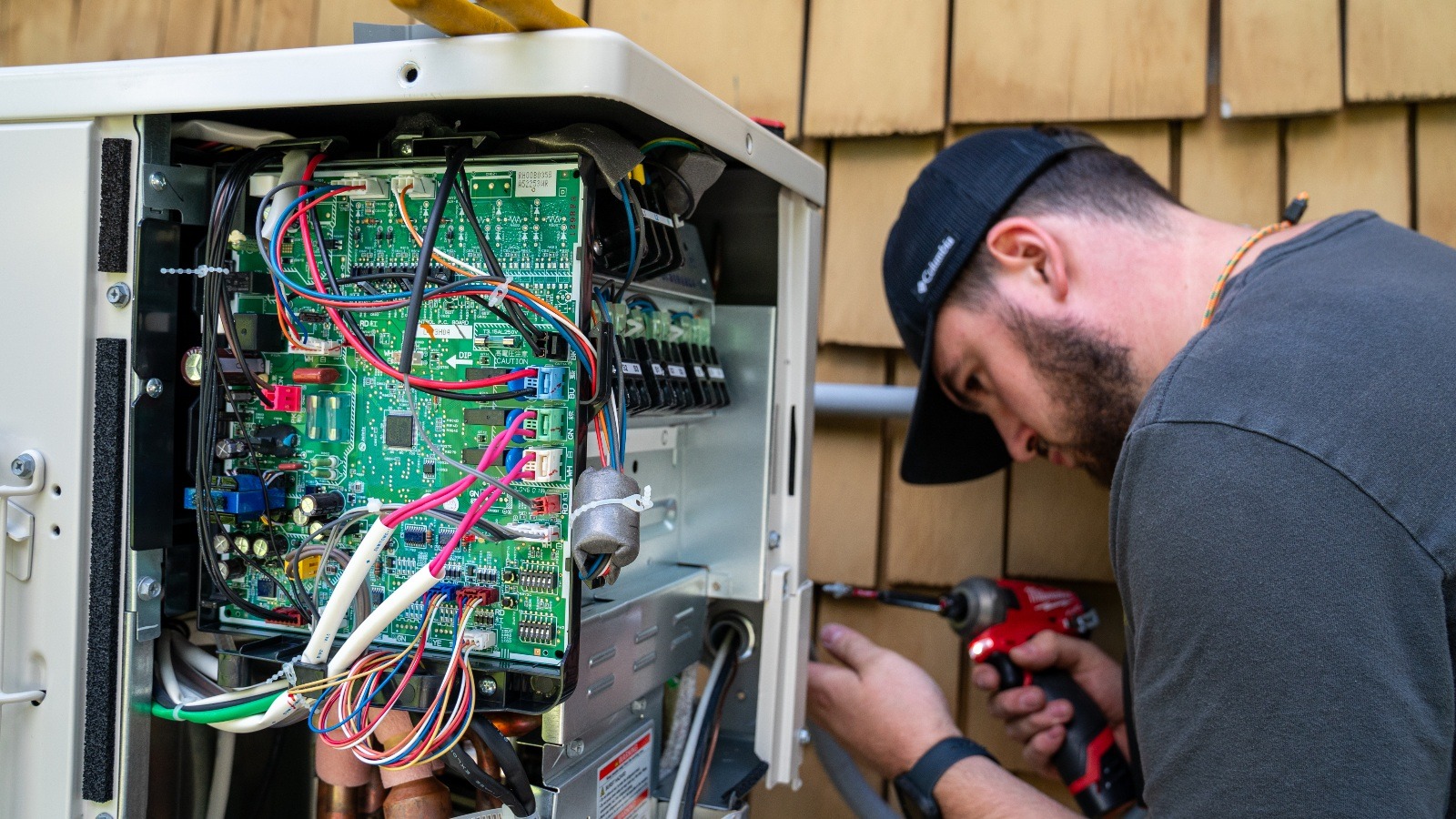Sensors, Vol. 25, Pages 2443: Monitoring Opioid-Use-Disorder Treatment Adherence Using Smartwatch Gesture Recognition
Sensors doi: 10.3390/s25082443
Authors:
Andrew Smith
Kuba Jerzmanowski
Phyllis Raynor
Cynthia F. Corbett
Homayoun Valafar
The opioid epidemic in the United States has significantly impacted pregnant women with opioid use disorder (OUD), leading to increased health and social complications. This study explores the feasibility of using machine learning algorithms with consumer-grade smartwatches to identify medication-taking gestures. The research specifically focuses on treatments for OUD, investigating methadone and buprenorphine taking gestures. Participants (n = 16, all female university students) simulated medication-taking gestures in a controlled lab environment over two weeks, with data collected via Ticwatch E and E3 smartwatches running custom ASPIRE software. The study employed a RegNet-style 1D ResNet model to analyze gesture data, achieving high performance in three classification scenarios: distinguishing between medication types, separating medication gestures from daily activities, and detecting any medication-taking gesture. The model’s overall F1 scores were 0.89, 0.88, and 0.96 for each scenario, respectively. These findings suggest that smartwatch-based gesture recognition could enhance real-time monitoring and adherence to medication regimens for OUD treatment. Limitations include the use of simulated gestures and a small, homogeneous participant pool, warranting further real-world validation. This approach has the potential to improve patient outcomes and management strategies.
Source link
Andrew Smith www.mdpi.com

